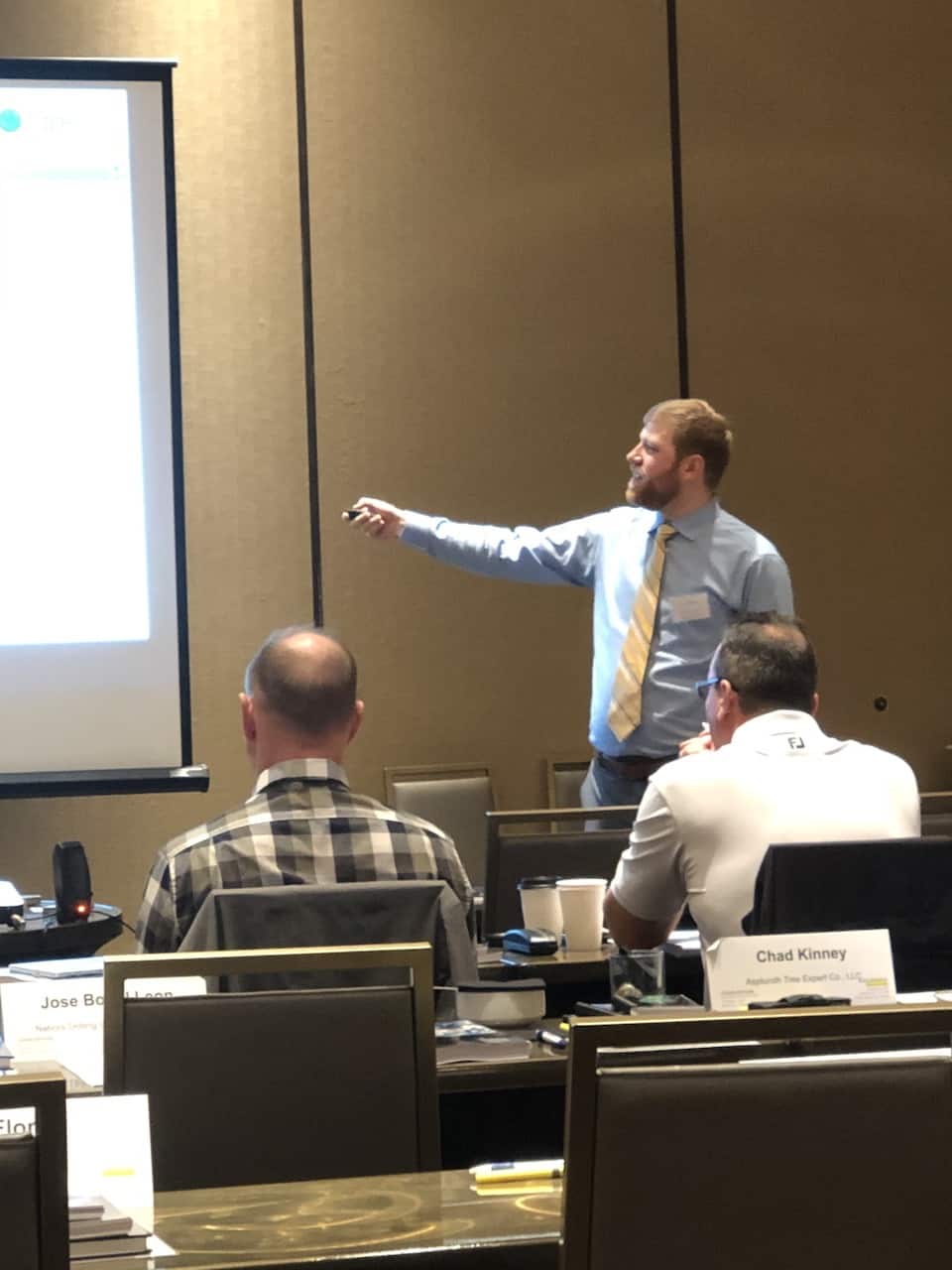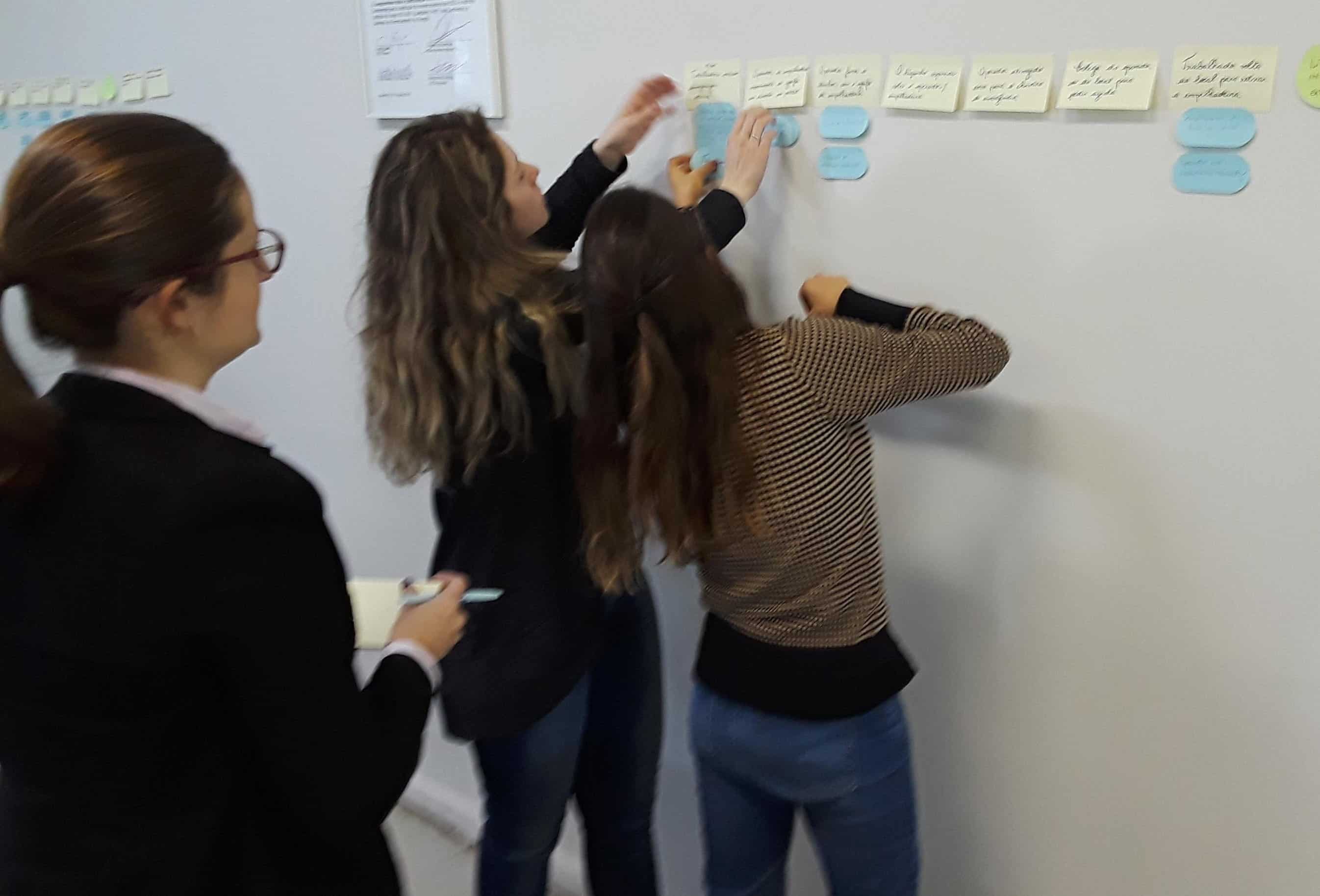Book 10: Stopping Human Error – Now Available!

Mark & Alex Discuss New Book…
Below is a video of Mark Paradies and Alex Paradies discussing the new book – Stopping Human Error – and the new course…
What’s in the New Stopping Human Error Book?
Read the Foreward of the book for free at this link:
https://www.taproot.com/foreward-of-the-new-book-stopping-human-error-by-mark-paradies/
Here is the book’s table of contents…
FOREWORD – viii
CHAPTER 1: Can We “Stop” Human Error – 1
1.1 Try Harder – 1
1.2 How Likely is Human Error? – 3
1.3 Can We Stop Human Error? – 3
CHAPTER 2: Human Factors Design Best Practices – 6
2.1 Designing to Reduce Errors – Human Engineering – 7
2.1.1 Designing for Resilience – 8
2.1.2 Function Allocation – 10
2.1.3 Designing the Human-Machine Interface – 13
2.1.4 Designing the Work Environment – 23
2.1.5 Human Engineering References – 25
2.2 Reducing Communications Misunderstandings – 27
2.2.1 Providing a Means of Communications – 28
2.2.2 Best Practices for Work Turnover – 28
2.2.3 Stopping Misunderstood Communication – 30
2.3 Using Procedures to Reduce Errors – 33
2.3.1 Procedures Accuracy – 35
2.3.2 Procedure Usability – 35
2.3.3 Getting People to Use Procedures – 38
2.4 Training to Develop the Skills, Knowledge, and Abilities Needed for Excellent Human Performance – 39
2.5 Work Supervision to Improve Human Performance – 41
2.5.1 Preparing for the Job – 41
2.5.2 Selecting the Right Workers – 43
2.5.3 Actively Supervising the Job – 44
2.6 Standards – Management System Best Practices – 45
2.6.1 Establishing High Standards – 45
2.6.2 What Happens When Standards Aren’t Used? – 46
2.6.3 Management Oversight and Communications – 47
2.6.4 Learn from Experience – 48
2.6.5 Management System References – 48
2.7 Inspections to Ensure High Quality – 50
2.7.1 When are Inspections Needed? – 50
2.7.2 Best Practices for Inspections – 51
2.7.3 Quality Control/Inspection References – 51
CHAPTER 3: Proactive Techniques for Finding Human Error-Likely Situations – 52
3.1 THERP – 53
3.1.1 Overview of How to Perform THERP – 54
3.1.2 Advantages and Disadvantages of using THERP – 57
3.1.3 THERP and HRA References – 60
3.2 FMEA – 60
3.2.1 Overview of How to Perform a FMEA – 61
3.2.2 Advantages and Disadvantages of using FMEA – 64
3.2.3 FMEA References – 65
3.2 Fault Tree Analysis – 65
3.3.1 How to Perform a Fault Tree Analysis – 66
3.3.2 Advantages and Disadvantages of Using Fault Trees – 67
3.3.3 Fault Tree References – 69
3.4 Pre-Job Hazard Analysis – 70
3.4.1 How to Perform a Pre-Job Hazard Analysis – 70
3.4.2 Advantages and Disadvantages of a Pre-Job Hazard Analysis – 80
3.4.3 Pre-Job Hazard Analysis References – 81
3.5 Proactive TapRooT® RCA – 81
3.5.1 Using TapRooT® to Review Procedures – 82
3.5.2 Using TapRooT® for a Pre-Startup Review – 84
3.5.3 Advantages and Disadvantages of a Proactive TapRooT® RCA – 87
3.5.4 Proactive TapRooT® RCA References- 88
CHAPTER 4: Strategies to Stop Human Error – 89
4.1 Safeguards and Defense in Depth – 89
4.2 Mistake Proofing – 92
4.3 Human Reliability Best Practices – 92
4.3.1 Procedure Use/Adherence – 94
4.3.2 Place Keeping – 96
4.3.3 Independent Verification – 97
4.3.4 Three-Way Communications – 99
4.3.5 Pre-Job Brief/Personal Safety Assessment – 102
4.3.6 Observation and Coaching – 105
4.3.7 Post-Job Brief – 107
4.3.8 Concurrent Verification – 110
4.3.9 Questioning Attitude – 112
4.3.10 STAR – 116
4.3.11 Time Out (Stop When Unsure) – 119
4.3.12 Attention to Detail – 122
4.3.13 Management of Change – 123
4.3.14 Error Traps and Precursors – 126
4.3.15 Validate Assumptions – 130
4.3.16 Do Not Disturb Sign – 134
4.3.17 Conservative Decision-Making – 134
CHAPTER 5: Using TapRooT® to Analyze Human Error – 137
5.1 The Process for Root Cause Analysis – 139
5.2 The SnapCharT® Diagram – 142
5.3 Finding Root Causes Using the Root Cause Tree® – 147
5.4 Developing Fixes Using the Corrective Action Helper® Guide – 149
5.5 Learn More About Root Cause Analysis – 152
CHAPTER 6: CHAP – Critical Human Action Profile – 154
6.1 Introduction to CHAP – 154
6.2 Performing a CHAP – 156
CHAPTER 7: Designing Your Human Performance Improvement Program – 169
7.1 Develop Your Incident Investigation/Root Cause Analysis Program – 170
7.2 Measures and Data to Guide Your Program – 172
7.3 Becoming Proactive – 174
7.4 Becoming Even More Proactive – 175
7.5 Example Human Performance Improvement Program – 177
7.5.1 Sample Facility Status – 177
7.5.2 Where to Start – 179
7.5.3 Results – 181
7.5.4 Continuous Improvement – 183
7.6 Get Started! – 185
INDEX – 186
Who is the Author?

Mark Paradies took his many years of experience and human factors background and poured it into this book. Why kind of experience and education does Mark have?
Mark Paradies has 40 years of experience in high-reliability organizations, process safety, incident investigation, and root cause analysis. His career started as a leader in Admiral Rickover’s Nuclear Navy (where he earned Engineer Qualification). He also worked for DuPont in the areas of human factors, process safety, and performance improvement management before he started System Improvements in 1988. Mark was one of the co-creators of the TapRooT® System and worked with Heinz Bloch on the original development of the Equifactor® Technique. He has a BS in Electrical Engineering and an MS in Nuclear Engineering (with an emphasis on human factors), both from the University of Illinois.
His human factors and human error analysis experience includes:
- Masters Degree with Emphasis on Human Factors from the University of Illinois
- Research on the proper role of automation in the next generation of nuclear power plants (1983-1985)
- Member, Human Factors & Ergonomics Society, 1983-Present)
- Developing a Human Performance Improvement Program at DuPont (1985-1988)
- Contributed to INPO’s HPES (1986)
- Co-Developer of the TapRooT® Root Cause Analysis System (1990-Present)
- Co-Developer of the NRC’s Human Performance Investigation Process, HPIP (1990-1993)
- The 85th Certified Professional Ergonomist, the first human factors professional certification (1993)
- IEEE Human Factors Committee Member and Co-Author: IEEE Root Cause Analysis Standard (2010-2017)
- Committee Co-Author: Recognizing and Responding to Normalization of Deviation, CCPS
- Committee Co-Author: Guidelines for Investigating Chemical Process Incidents, 2nd & 3rd Editions, CCPS
That’s an experience that helps him write an interesting and practical book!
Should Your Company Care About Stopping Human Error?
That depends…
Does your company care about:
- Fatalities and lost time injuries?
- Rework of manufactured products?
- Returned products due to quality issues?
- Regulatory fines or stop-work orders?
- Delays in permits/government approvals?
- Production upsets?
- Needless equipment repairs?
- Lost production due to equipment stoppages?
- Lost business due to schedule slippage/late shipments?
- Project delays and rework due to construction mistakes?
- Bad press after an accident (reputation loss)?
- Insurance costs?
Just one accident avoided can pay for your entire human performance improvement program.
Get Your Copy of the Book Now!
Order your copy of the Stopping Human Error Book at this link:
https://store.taproot.com/book-10-taproot-stopping-human-error
Stopping Human Error Training
Want more information about the Stopping Human Error Course? See this link:
https://www.taproot.com/course/stopping-human-error-course/





Shipping costs to australia are in excess of $100. Do you have an e-book or where can I get it so I’m not paying twice for the delivery?
I’ll have Alison see what she can do … maybe post office.